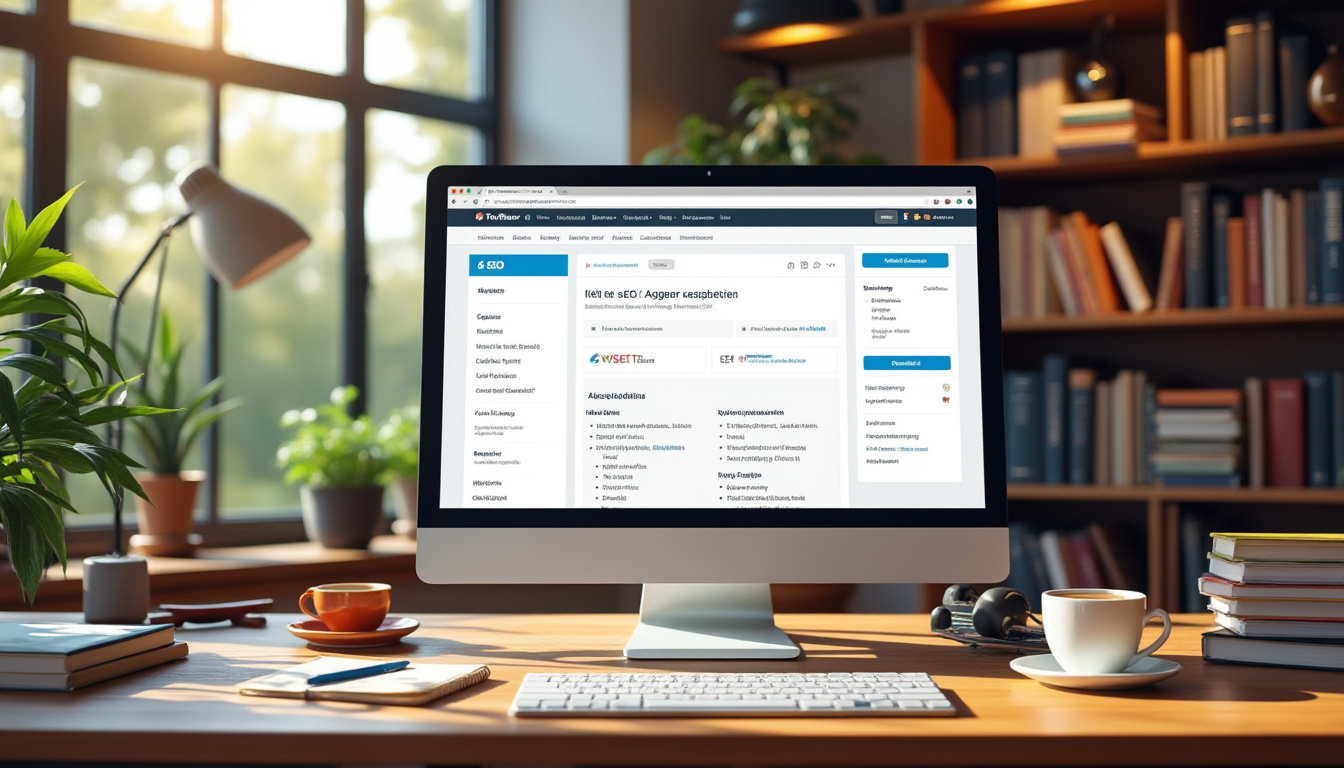Understanding how to leverage analytics effectively can transform the manner in which you approach your WordPress SEO strategy. Exploring the complex interplay between data collection and actionable insights allows you to enhance your online presence significantly. Utilizing analytical tools provides an eye-opening snapshot of user behavior, search engine performance, and areas needing attention on your website. As competition increases in the digital world, mastering analytics isn’t just beneficial—it’s imperative for staying ahead.
In the vast landscape of WordPress development, simple storytelling isn’t enough anymore. Solid strategies grounded in data analysis provide clarity and direction. With platforms like Google Analytics, SEMrush, and Yoast SEO, you can unlock a trove of data to make informed decisions that enhance your SEO outcomes. The goal remains clear: increase visibility, user engagement, and conversions while providing worthwhile content that resonates with your audience.
Understanding the Role of Analytics in SEO
Analytics is not merely about numbers; it’s about translating raw data into insights that inform your SEO strategy. By focusing on specific key performance indicators (KPIs), you can track how effectively your site is meeting user needs and search engine standards.
Key Performance Indicators to Monitor
Several KPIs can provide insight into your website’s SEO performance. These include organic traffic, click-through rates (CTR), bounce rates, and session duration, to name a few. Monitoring these metrics enables you to understand better how users are engaging with your content and where improvements may be needed.
For instance, if you notice a high bounce rate on specific pages, it could indicate that visitors are not finding what they expect. By analyzing the page’s quality and keyword relevance, you can make the essential adjustments necessary for optimization. Google Analytics works seamlessly with WordPress, keeping your SEO efforts aligned with visitor trends and behaviors.
Utilizing Google Analytics Effectively
Integrating Google Analytics with your WordPress site is crucial for obtaining insightful data. This platform enables you to track user demographics, traffic sources, and content engagement levels. Knowing who your visitors are helps customize the content to better meet their needs, thereby enhancing SEO performance.
To begin utilizing Google Analytics, follow these steps:
- Create a Google Analytics account and set up your dashboard.
- Add the tracking code to your WordPress site using a plugin like MonsterInsights or manually through the theme editor.
- Define your goals and track conversions.
- Analyze the data collected weekly and refine your content strategy accordingly.
Each of these steps is vital; one minor oversight can lead to gaps in your data collection which can misdirect your SEO efforts.
Choosing the Right Analytics Tools
While Google Analytics offers substantial insights, relying solely on one tool can limit your understanding of SEO dynamics. Various other options, such as SEMrush, Ahrefs, and Moz, present unique features valuable for enhancing your WordPress SEO.
SEMrush and Ahrefs
SEMrush is particularly effective for keyword research and competitive analysis, giving you a clear insight into the keywords your competitors rank for. In contrast, Ahrefs will furnish you with backlink analysis, allowing you to understand better your website’s authority and performance in search engine results.
Moz and Yoast SEO
Moz provides a comprehensive overview of your website’s SEO performance and offers actionable insights for beginners and seasoned professionals alike. The platform’s unique metrics, such as Domain Authority (DA) and Page Authority (PA), assist in analyzing your site’s rankings against competitors.
Similarly, Yoast SEO plugin helps optimize your content for readability and keyword effectiveness right from the WordPress dashboard. It provides real-time feedback on your posts, ensuring they are geared toward search engine visibility while maintaining user engagement ideals.
Turning Data Into Actionable Insights
Once you’re gathering data, the next critical step is to transform these insights into meaningful actions that directly impact your SEO strategy. It’s about interpreting what the figures mean and how they can improve your content and website structure.
User Behavior Analysis
Deep diving into user behavior metrics can shed light on where adjustments are necessary. By observing how long users stay on each page (session duration) and their interaction patterns, it’s possible to identify compelling content versus poorly performing pages. Adjusting titles, images, and internals links can promote better engagement and potentially reduce bounce rates by making content more discoverable.
Competitor Analysis
Leveraging analytics not only sheds light on your performance but also allows you to take a closer look at competitors. Use tools like Screaming Frog or Searchmetrics to understand how similar businesses are driving traffic. By identifying gaps between your requirements and theirs, you can pinpoint areas to strengthen your SEO efforts.
Conducting A/B Testing
Experimentation is a fundamental aspect of using analytics effectively. Implementing A/B testing allows you to compare different versions of landing pages, headlines, or calls-to-action. Analyze data from these tests to ascertain which version performs better regarding user metrics, then iterate upon your findings.
Best Practices for Enhancing Your WordPress SEO With Analytics
Taking all the gathered insights into account, implementing best practices can significantly enhance your SEO efforts. Integrating data-driven decision-making into your content creation, marketing, and site management processes is vital.
Regular Monitoring and Adjustments
SEO is not a set-it-and-forget-it type of strategy. To keep your website competitive, regularly monitor your analytics dashboards and stay updated with SEO trends. Adjust your strategy based on the data collected continually. Performance trends, seasonal fluctuations, and user behavior shifts are factors to consider in fine-tuning your content and technical SEO efforts.
Setting Clear Goals
Establish precise goals for what you wish to achieve through your SEO efforts. Utilize KPIs effectively to measure success adequately. Setting specific, measurable, achievable, relevant, and time-bound (SMART) goals help keep your strategies aligned. Tools like Google Search Console can assist you in tracking performance relative to these goals.
Training and Insights for the Team
Investing in team training on analytics tools and SEO techniques fosters a culture of continuous improvement. Provide team members with access to resources and tools to empower them to extract insights effectively. The digital landscape evolves; knowledge is crucial for securing your competitive edge.









